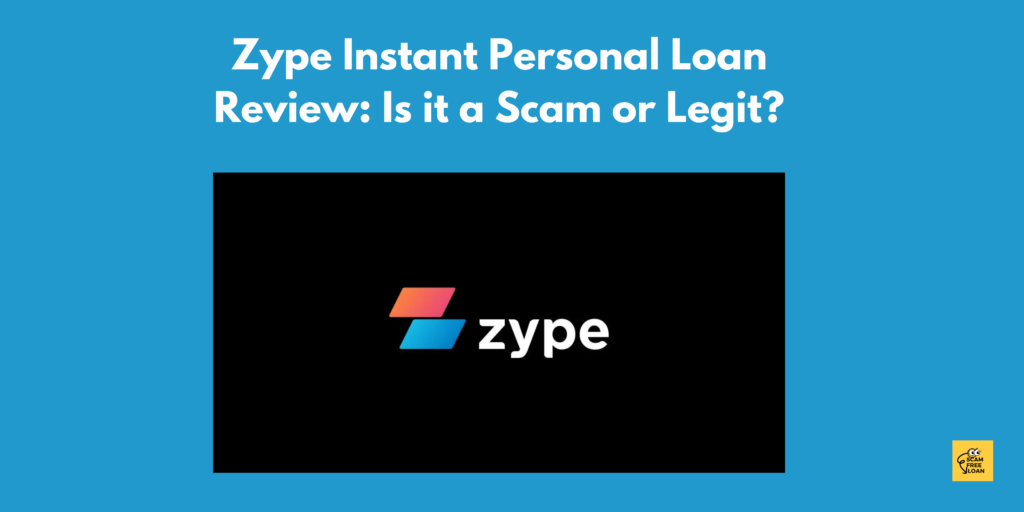Most of the time, it happens that people don’t have the money to make their dreams a reality. Then, they turn to banks or other financial platforms for a loan. They will provide thActue money you want, but with interest. Now, here’s where things get a bit complicated.

ally, there are two types of interest rates, fixed interest rates and floating interest rates. From here, the main confusion starts for new borrowers. But, we will crack these complications by helping you understand these two terms deeply.
The answer to this question – the interest rate on personal loans can be both fixed or floating. It all depends on what kinds of terms and conditions are set by the lenders.
What are floating interest rates?
Floating interest rates will fluctuate based on market conditions, and the main thing is that it is linked to a benchmark rate that is set by lenders. When the market condition fluctuates, it means that the interest you pay on your loans can change over time, similar to how it is for most credit line.
So your monthly mortgage payments could increase or decrease depending on how the interest rate changes. For those seeking quick access to a quick loan, understanding this interest type is important to stay aware of the future impact on one’s repayment capability.
What is a fixed interest rate?
The name is enough to explain this interest rate – the interest rate on your loans remains the same throughout the loan term. It will not fluctuate with market conditions, and your EMIs can’t change over time. That means your monthly mortgage payments will remain constant over time, making an easy EMI loan with this type of interest option viable for those preferring predictability.
Let’s understand both interest rates with little explanations:
Floating interest rate:
- Floating interest rates can be beneficial as well. Whenever the market interest rate decreases, borrowers can take advantage of lower monthly installments. It means savings can be done over the loan tenure.
- Floating interest rates are linked to market benchmarks. It means they can respond to changes in the economic environment. And whenever there is a downward trend in the interest rate, your loan’s interest rate may decrease accordingly.
- There are some floating rate loans that give the flexibility to switch from an unstable interest rate to a more stable interest rate structure.
Fixed interest rates:
- Stability is the main advantage of a fixed interest rate. It will give assurance that your interest rate will remain constant throughout the loan tenure.
- And when interest rates are stable, it becomes easier to budget monthly finances. You can plan your expenses accordingly, without worrying about unexpected increases in interest on your loan repayments.
- Market rates keep hiking, but when you have a fixed rate on your instant personal loan, then you don’t need to worry about it. You are already protected from the impact of rising interest rates, and that means your installment amount will not increase.
In a nutshell:
This write-up was to make you understand the difference between fixed and flexible interest rates. Most of the time, people get confused between these two. But in the end, the choice is yours regarding what type of interest rate you are choosing for your credit limit or loan.